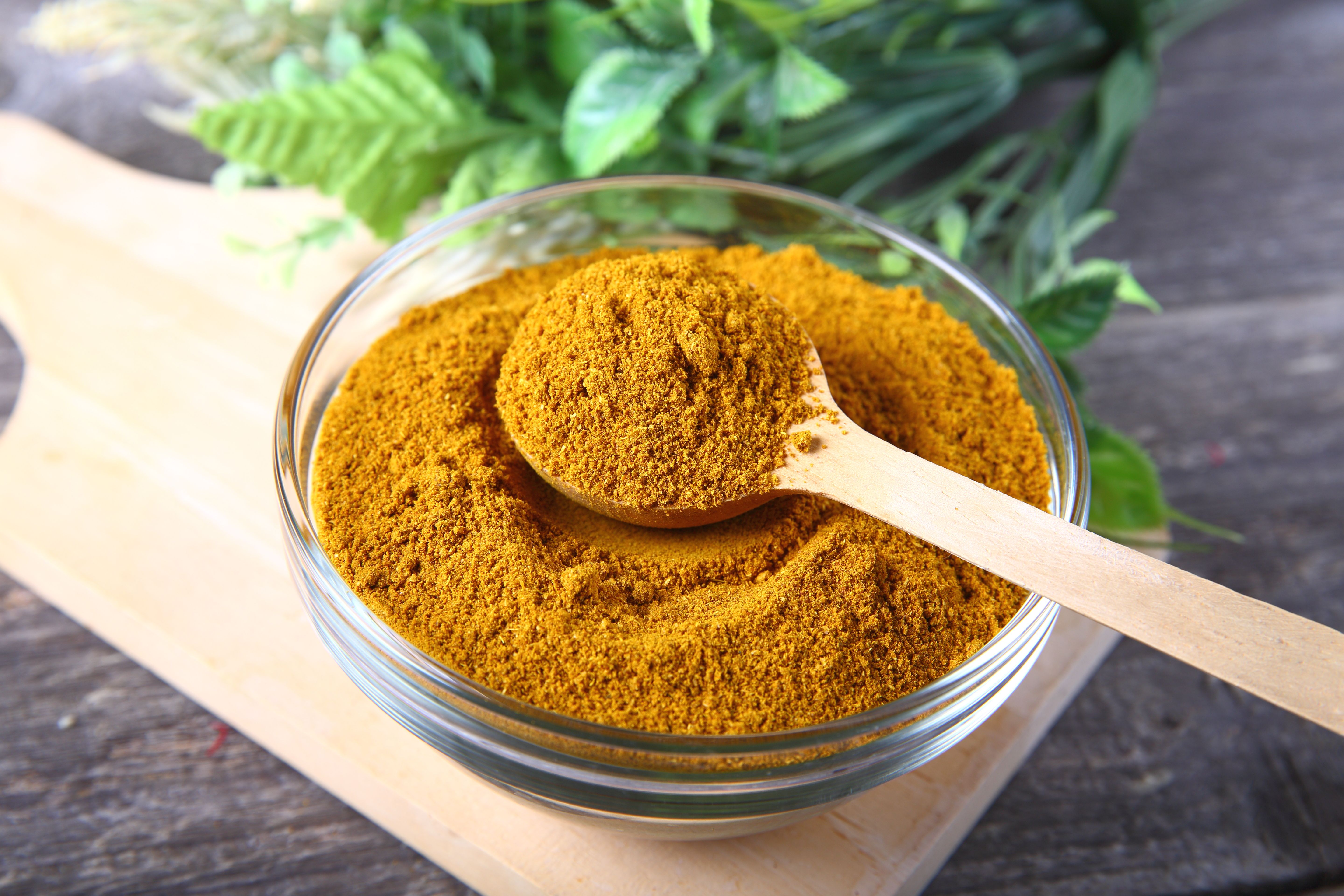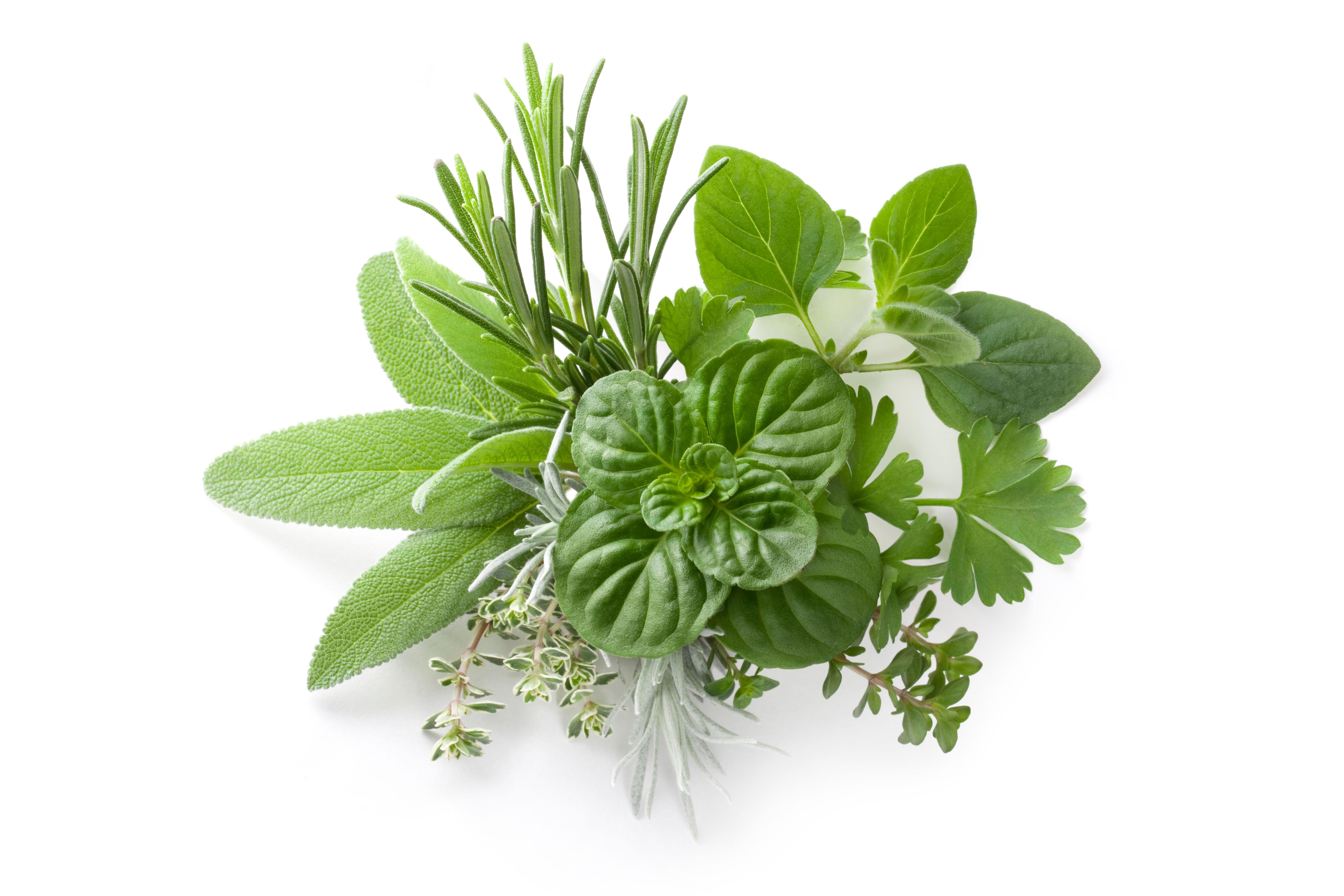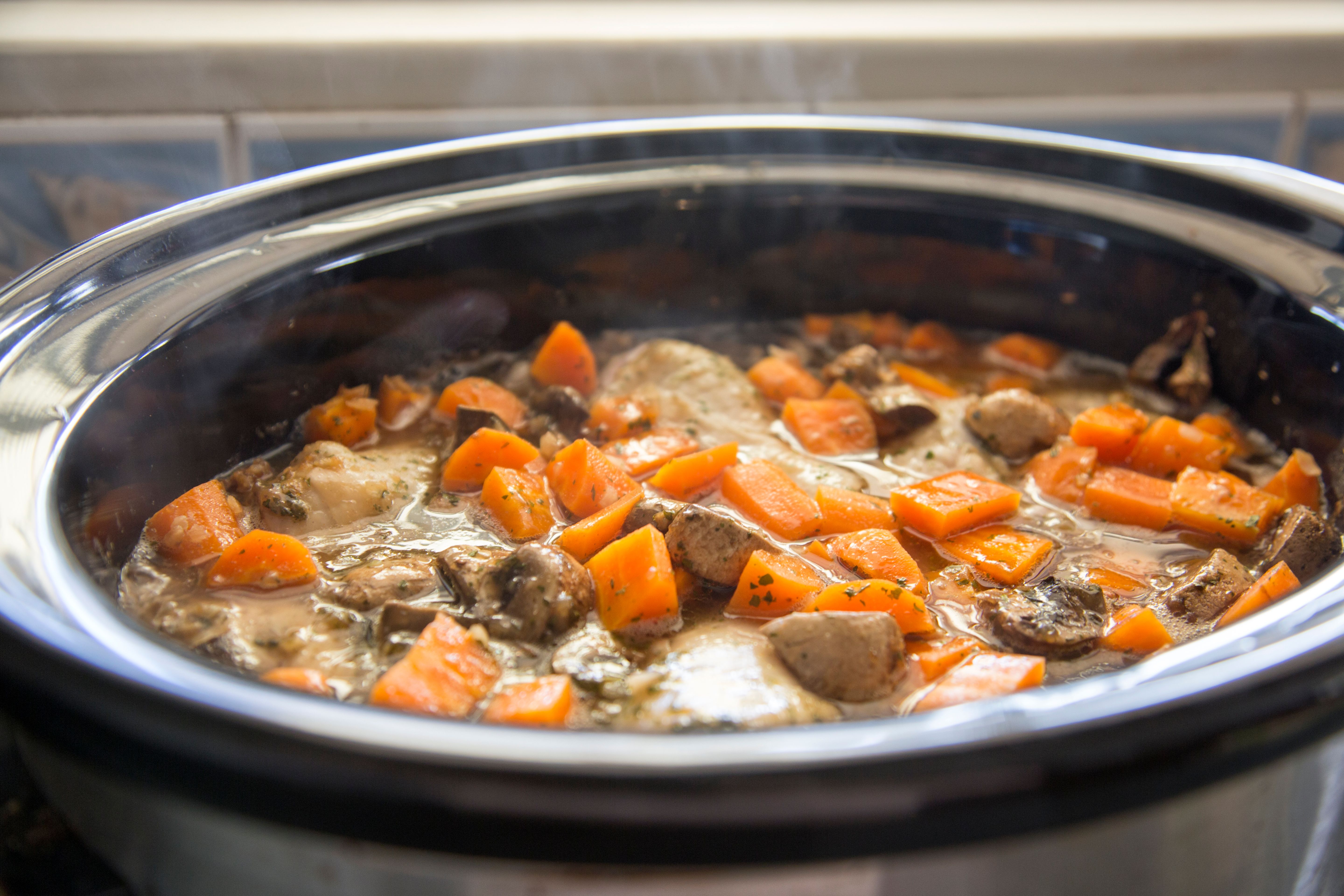Exploring the Flavors of a Perfect Curry Recipe
Understanding the Essence of Curry
Curry is more than just a dish; it's a symphony of flavors that tell the story of its origin. Whether it's the fiery heat of an Indian curry, the creamy coconut notes of Thai curry, or the aromatic spices of a Caribbean curry, each variety offers a unique taste experience. At the heart of a perfect curry lies a careful balance of spices, herbs, and fresh ingredients that come together to create a rich, flavorful dish.
The diversity of curries around the world reflects the culinary traditions and local ingredients of different cultures. While some prefer their curry hot and spicy, others may enjoy it mild and sweet. Regardless of your preference, mastering the art of curry-making can elevate your culinary skills and open up a world of gastronomic possibilities.

Spices: The Soul of Curry
A great curry starts with the right blend of spices. Spices are the soul of curry, providing depth and complexity to the dish. Common spices used in curries include cumin, coriander, turmeric, and garam masala. These spices are often toasted to release their essential oils, enhancing their flavors before being ground into a fine powder.
Experimentation is key when it comes to creating your own curry spice blend. Adjusting the proportions of each spice can lead to exciting new flavors. For those who are new to curry-making, many cultures offer pre-blended spice mixes that can serve as a great starting point.
Herbs and Aromatics
Herbs and aromatics play an equally important role in crafting a perfect curry. Ingredients like ginger, garlic, and onions are essential for creating a flavorful base. Fresh herbs such as cilantro and mint can be added at the end of cooking to brighten up the dish and add a fresh contrast to the rich, spiced sauce.

The Role of Ingredients
Curry is incredibly versatile when it comes to the choice of ingredients. The main ingredient could be anything from chicken, beef, or lamb to seafood or vegetables. The key is to use fresh and high-quality ingredients that will absorb the spices and contribute their own flavors to the dish.
Vegetable curries are a wonderful option for those seeking a lighter meal or following a plant-based diet. Ingredients like chickpeas, sweet potatoes, or spinach can provide texture and substance while absorbing the vibrant curry sauce beautifully.
The Importance of Cooking Techniques
Cooking techniques also play a vital role in determining the flavor profile of a curry. Slow cooking allows the flavors to meld together over time, creating a rich and complex taste. On the other hand, quick stir-frying can result in a lighter, fresher flavor profile. Understanding these techniques will help you achieve the desired texture and taste in your curry dishes.

Exploring Global Cuisines
Curry is not confined to one region; it has been embraced by cultures worldwide, each adding its own twist. From Japanese katsu curry to Ethiopian doro wat, exploring these variations can broaden your culinary horizons and inspire new creations in your kitchen.
Trying different global curries is an excellent way to understand how various regions adapt spices and ingredients to suit their palates. It also offers insight into how historical trade routes influenced culinary trends across continents.
Creating Your Signature Curry
Once you've explored different flavors and techniques, it's time to create your signature curry. Think about what you enjoy most in a curry—whether it's heat, sweetness, creaminess—and tailor your recipe accordingly. Don't be afraid to experiment until you find the perfect balance that suits your taste.
Embarking on this culinary journey will not only enhance your cooking skills but also give you a deeper appreciation for the rich tapestry of flavors that make up this beloved dish.
